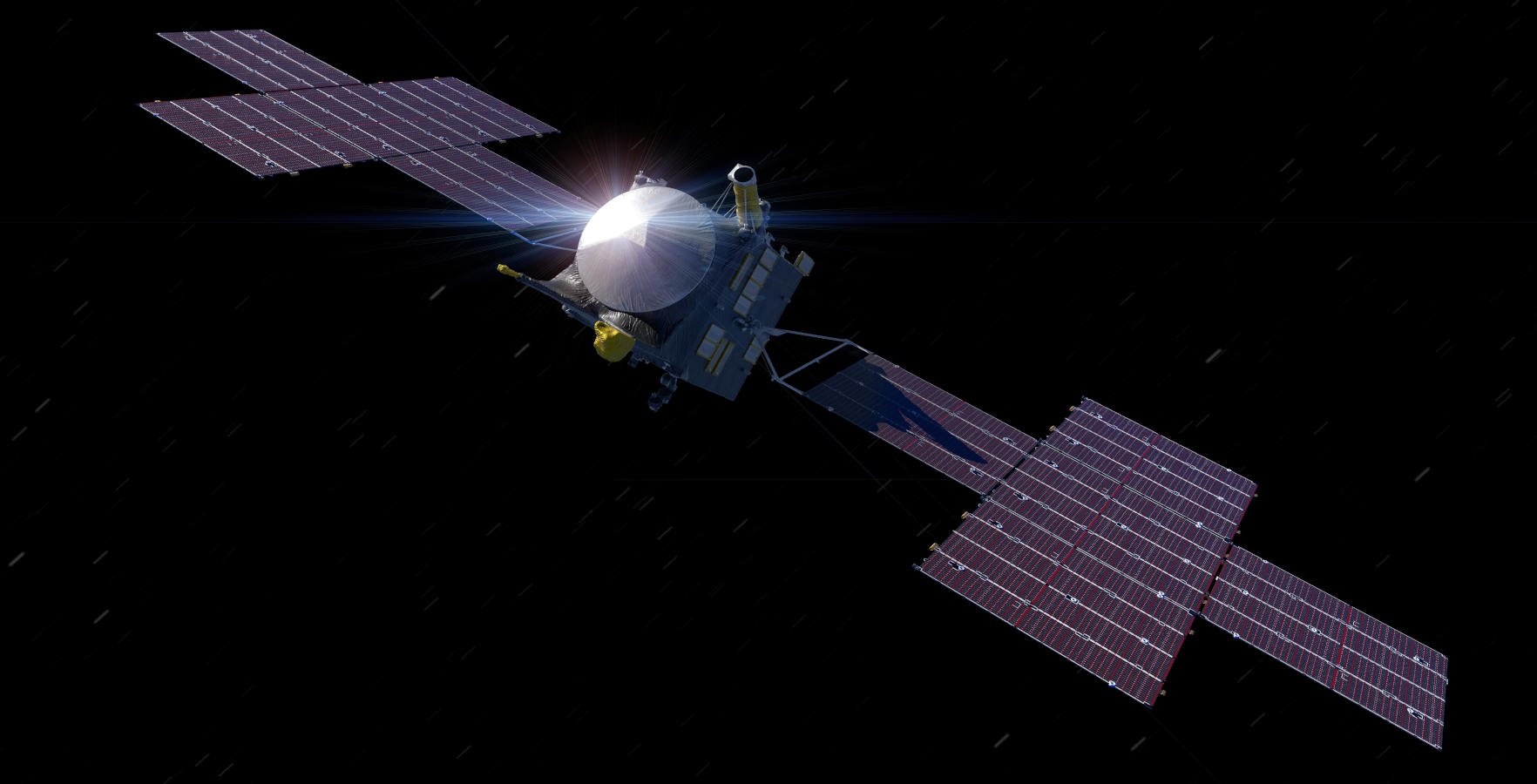
NASA's Psyche spacecraft made history on April 8, 2023, by transmitting laser data from a record-breaking distance of 140 million miles away to Earth. This achievement marks a significant milestone in deep space communication and opens up new possibilities for future space missions.
The optical communications demo was carried out using NASA's Deep Space Optical Communications (DSOC) technology, which is capable of transmitting data at speeds that are 10 to 100 times faster than current radio frequency systems. During the test, data was transmitted from the spacecraft at a maximum rate of 25 Mbps, surpassing expectations and demonstrating the potential for high-speed communication in deep space.
The Psyche spacecraft is currently en route to the main asteroid belt between Jupiter and Mars. It is equipped with both radio frequency and optical communications systems, but the latter was used solely for this demonstration. The primary communication system of the spacecraft relies on radio frequency, but this experiment has shown that optical communications could be a game-changer in deep space communication.
The success of this demo paves the way for more complex and faster data transmission from future spacecraft. It also highlights NASA's commitment to advancing technology and exploring the unknown reaches of our universe.
NASA's Jet Propulsion Laboratory (JPL) in Southern California played a crucial role in this achievement. The project operations lead at JPL, Meera Srinivasan, expressed her excitement about the milestone: “We downlinked about 10 minutes of duplicated spacecraft data during a pass on April 8. Until then, we'd been sending test and diagnostic data in our downlinks from Psyche. This represents a significant milestone for the project by showing how optical communications can interface with a spacecraft's radio frequency comms system.”
The laser communication technology used in this demo has proven to be an essential tool for enabling more efficient and effective communication between Earth and deep space probes. It is expected that future missions, such as those to Mars or beyond, will benefit from this advancement in technology.



